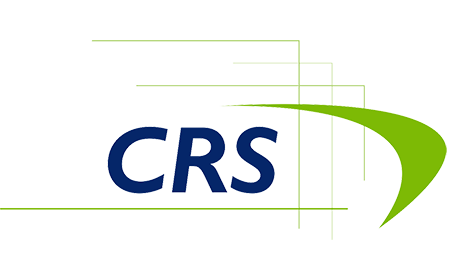Convert Your Clients’ SIMPLE IRAs to a 401(k) Before Your Competition Does
Most financial advisors begin reaching out to their SIMPLE IRA clients in late September or October. By then, it’s possible they’ve been approached by competitors touting the benefits of converting their plan to a 401(k). Get a jump on the discussions before that happens.
There are lots of reasons it’s beneficial to talk about SIMPLE IRAs, namely your clients’ needs and goals could have changed over the past few years. With the various ups and downs in the economy and labor market causing potential turnover, clients may need a more flexible retirement program able to provide them with sophisticated capabilities.
While 401(k) plans and SIMPLE IRAs do share similarities, their differences are substantial and important for your clients to be aware of.
Let’s take a look at why 401(k)s may be a better option for your client:
- Increased contribution levels: When accounting for both the employee deferrals and the employer contribution, the maximum the IRS allows to be put into a defined contribution retirement plan is $58,000 per year—$64,500 including the catch-up contribution for eligible employees. Reaching that limit is only possible with a 401(k) plan. SIMPLE IRAs only allow $13,500 in deferrals and a catch-up contribution of $3,000 for those 50 years and older. Deferrals in a 401(k) are $19,500 and a catch-up of $6,500.
- Plan design flexibility: SIMPLE IRAs do not allow for profit sharing contributions, and they cannot be combined with cash balance plans (or any other retirement plan). They also limit the employer contribution to no more than 3% of an employee’s compensation which may be problematic if an employer wants to reward valued employees more handsomely.
- Roth Contributions: The IRS allows employers to offer a Roth feature inside a 401(k) plan. A Roth 401(k) is funded with after-tax contributions in exchange for tax-free distributions in retirement. Roth is not allowed in a SIMPLE IRA. However, the IRS does allow participants to save in both a SIMPLE IRA and a Roth IRA at the same time.
- Pooled assets can reduce costs: There is a misconception that SIMPLE IRAs are less expensive than 401(k) plans. In reality, they are typically more expensive. Because SIMPLE IRAs are held in separate IRA accounts for each participant (while 401(k) plans are held together in one account for the entire plan), clients don’t get the benefit of pooled assets which can force costs down.
- Control over eligibility: Traditional 401(k) plans give owners more control over who is allowed to join the plan, and who will be excluded. For instance, in a 401(k) plan, an owner might offer the plan only to employees who are 21 years or older who have worked for your company for at least one year. This makes it much easier to control costs or limit complexity. In contrast, SIMPLE IRAs require, with a few exceptions, that all employees who earned $5,000 in any prior two years, and who can be reasonably expected to earn at least $5,000 in the current year, be eligible for the plan.
The fourth quarter will be here before you know it. Start these important conversations now and keep in mind that a 401(k) plan cannot exist in the same calendar year as a SIMPLE. Your clients’ new 401(k) plans will need to be effective January 1, 2022.
If you have any questions about SIMPLE IRAs vs. a 401(k) plan for your clients, contact us by calling 800-577-1152 (Option 2).
Alex Powell has been in the retirement plan industry since 2014 and is our Regional Director of Sales in Southern Ohio, Indiana and Kentucky. Alex can be reached via email at .





